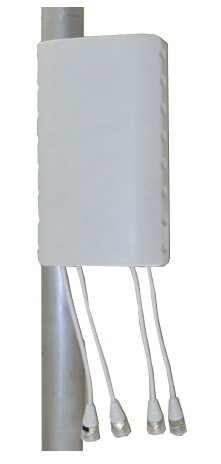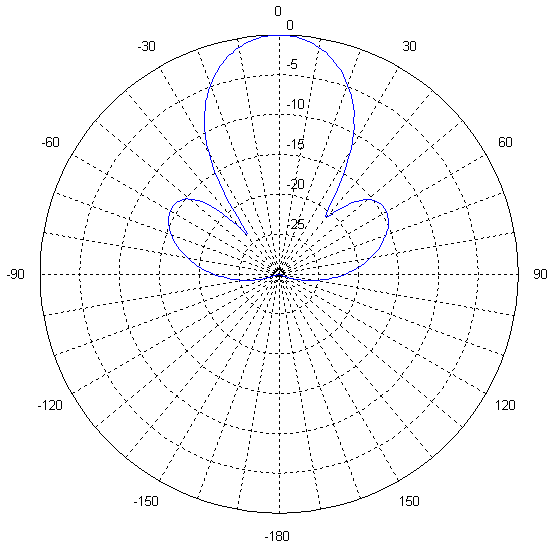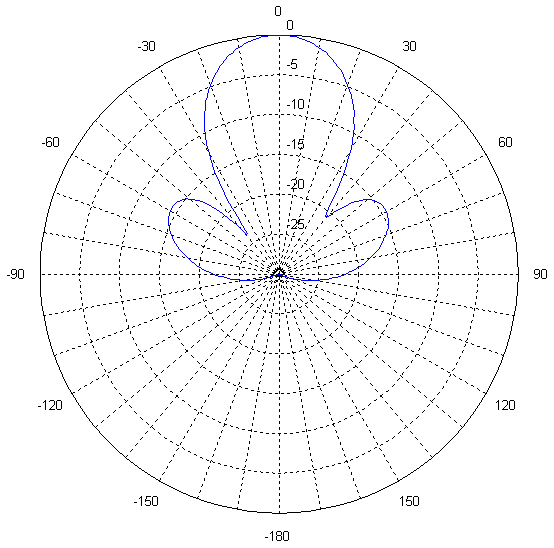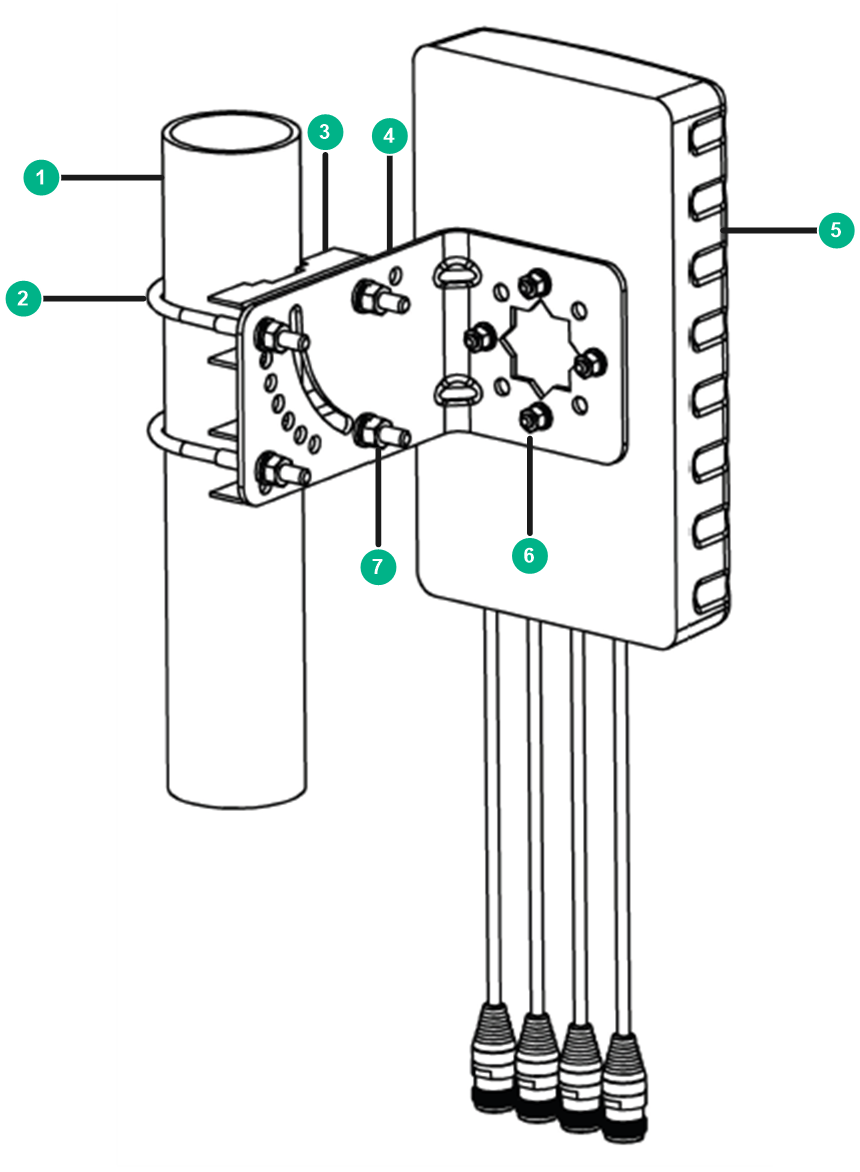- Released At: 24-08-2023
- Page Views: 22
- Downloads: 0
- Table of Contents
Contents
H3C ANT-5014P-M4 patch antenna installation guide
Installation accessories and tools
Mounting the antenna on a pole
Installing the lightning arrester
H3C ANT-5014P-M4 patch antenna installation guide
Technical specifications
The ANT-5014P-M4 antenna is designed for use in outdoor environments. Use an antenna cable with a type N connector to connect the antenna to a 5 GHz antenna port on an H3C outdoor AP.
Figure 1 Antenna view
Table 1 Technical specifications
|
Item |
ANT-5014P-M4 |
|
Frequency range |
5150 MHz to 5850 MHz |
|
Gain |
14 dBi |
|
Horizontal beamwidth (HBW) |
30 degrees |
|
Vertical beamwidth (VBW) |
30 degrees |
|
Voltage standing wave ratio (VSWR) |
≤ 1.8 |
|
Isolation |
≥ 23 dB |
|
Front and back ratio |
≥ 20 dB |
|
Polarization type |
± 45 |
|
Maximum power |
50 W |
|
Impedance |
50 Ω |
|
Connector |
Type N female connectors |
|
Dimensions (H × W × D) |
210 ×120 × 42 mm (8.27 × 4.72 × 1.65 in) |
|
Weight |
0.45 kg (0.99 lb) |
|
Operating temperature |
–55°C to +70°C (–67°F to +158°F) |
|
Pole diameter |
30 to 50 mm (1.18 to 1.97 in) |
|
Installation method |
Pole mounting |
Figure 2 and Figure 3 show the horizontal and vertical radiation patterns.
Safety precautions
|
WARNING! · Installing antennas carries some level of risk. For your safety, read the following safety precautions carefully before your operation. · Keep the antenna away from power sources, street lamps, power distribution boxes, or other places that might cause electrical shock. · Do not touch any power lines for your safety. |
· Keep safety in mind when you select your installation site. Keep away from electric power lines and other lines.
· Do not work alone when you install the antenna.
· If you need to raise a pole, work with other people to avoid bodily injury.
· Do not use a metal ladder. Do not work on a wet or windy day. Dress properly, for example, shoes with rubber soles. Wear rubber gloves.
· If the antenna, antenna cable, or any other installation accessory drops, get away from it to avoid bodily injury.
· To avoid any potential hazards, always have a professional handle power connection rather than attempting it yourself.
· If an accident, for example, electrical shock, occurs, immediately call for qualified emergency help.
Installation guidelines
To ensure optimal performance of the antenna, follow these guidelines:
· Install the antenna vertically with the connector side facing downwards.
· Keep the antenna away from metal obstacles, such as heating pipes and air conditioners.
· The material and thickness of walls determine the number of walls that the RF signal can penetrate. 5 GHz signal attenuation is large. Avoid signal penetration through solid walls.
· As a best practice, ground the AP and the lightning arrester separately. If the AP is already grounded, you can do not ground the lightning arrester.
Choosing a mounting location
To ensure optimal coverage, follow these guidelines when choosing a mounting location for the antenna:
· Perform site surveys to determine the antenna mounting location and height. Make sure no obstruction, especially no solid walls and metal plates, exists between the antenna and the target coverage area.
· The antenna installation location must be as close as possible to the AP to reduce the antenna cable length and signal loss.
· The AP must be installed at a location where wires (cables or fibers) and power (local power supply or PoE) can reach.
· As a best practice, use an H3C RG-8/U low-loss antenna cable to connect the AP and the antenna, and make sure the cable length does not exceed 10 m (32.81 ft).
Mounting the antenna
You can mount the ANT-5014P-M4 antenna on a pole. The installation accessories are provided (installation tools are user supplied). If you intend to install your antenna in a way other than what is described in this document, you must provide the appropriate installation accessories.
Installation accessories and tools
· Installation accessories provided with the antenna:
¡ One L-mounting bracket.
¡ Two U-bolts.
¡ Two pole-mount clamps.
¡ Eight M6 nuts.
¡ Eight flat washers with an inner diameter of 6 mm (0.24 in).
¡ Eight spring washers with an inner diameter of 6 mm (0.24 in).
· User-supplied installation tools:
¡ One adjustable wrench.
¡ One pole with a diameter of 30 to 50 mm (1.18 to 1.97 in).
Mounting the antenna on a pole
1. Use four M6 nuts, four flat washers, and four spring washers to attach the L-mounting bracket to the antenna. (See callout 6 in Figure 4.)
2. Place a U-bolt around the pole, and pass the U-bolt through the target installation holes on a pole-mount clamp.
3. Place a spring washer and flat washer on each end of the U-bolt, start an M6 nut on each end of the U-bolt, and then fasten the nuts.
4. Repeat steps 2 and 3 to attach the other U-bolt to the other pole-mount clamp.
5. To change the vertical orientation of the antenna, select different installation holes in the L-mounting bracket as needed.
Figure 4 Mounting the antenna on a pole
|
(1) Pole |
(2) U-bolt |
|
(3) Pole-mount clamp |
(4) L-mounting bracket |
|
(5) ANT-5014P-M4 antenna |
(6) M6 nut/flat washer/spring washer used for securing the antenna |
|
(7) M6 nut/flat washer/spring washer used for securing the pole |
|
Installing the lightning arrester
No lightning arrester is provided with the antenna. Purchase one yourself.
The antenna is mounted outdoors. You must install a lightning arrester for it. To install a lightning arrester, install it on the AP or on an outdoor antenna connector, connect an antenna cable to it, and then ground it. Make sure the grounding terminals are grounded reliably.
Recommended cable
The ANT-5014P-M4 antenna has four antenna connectors. Use an antenna cable with a type N connector to connect the antenna to a 5 GHz antenna port on an H3C outdoor AP. As a best practice, use a high-quality and low-loss cable with the antenna. A coaxial cable loses efficiency as the frequency increases, causing signal loss. Keep the cable as short as possible because cable length also causes signal loss (the longer the run, the greater the loss).





